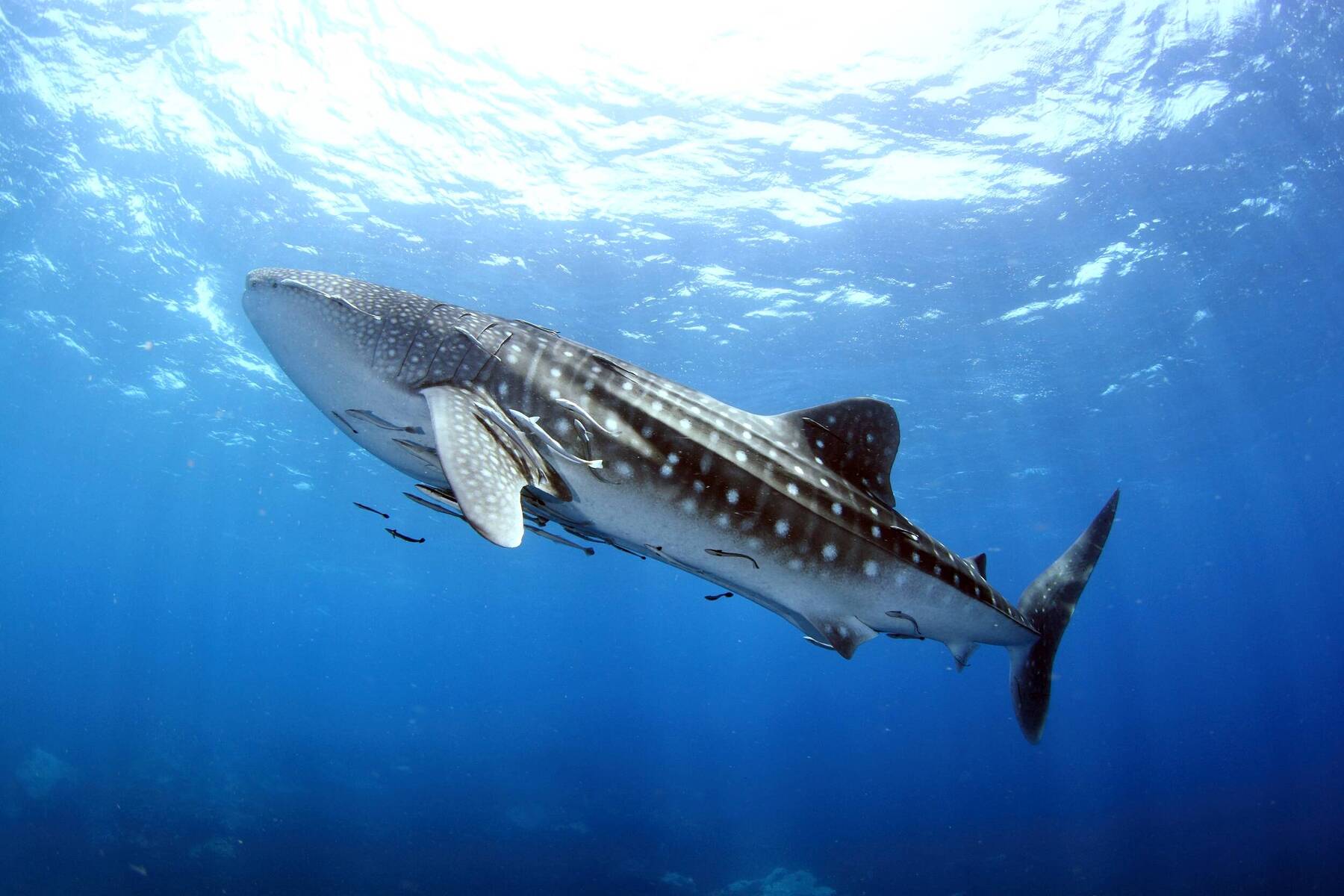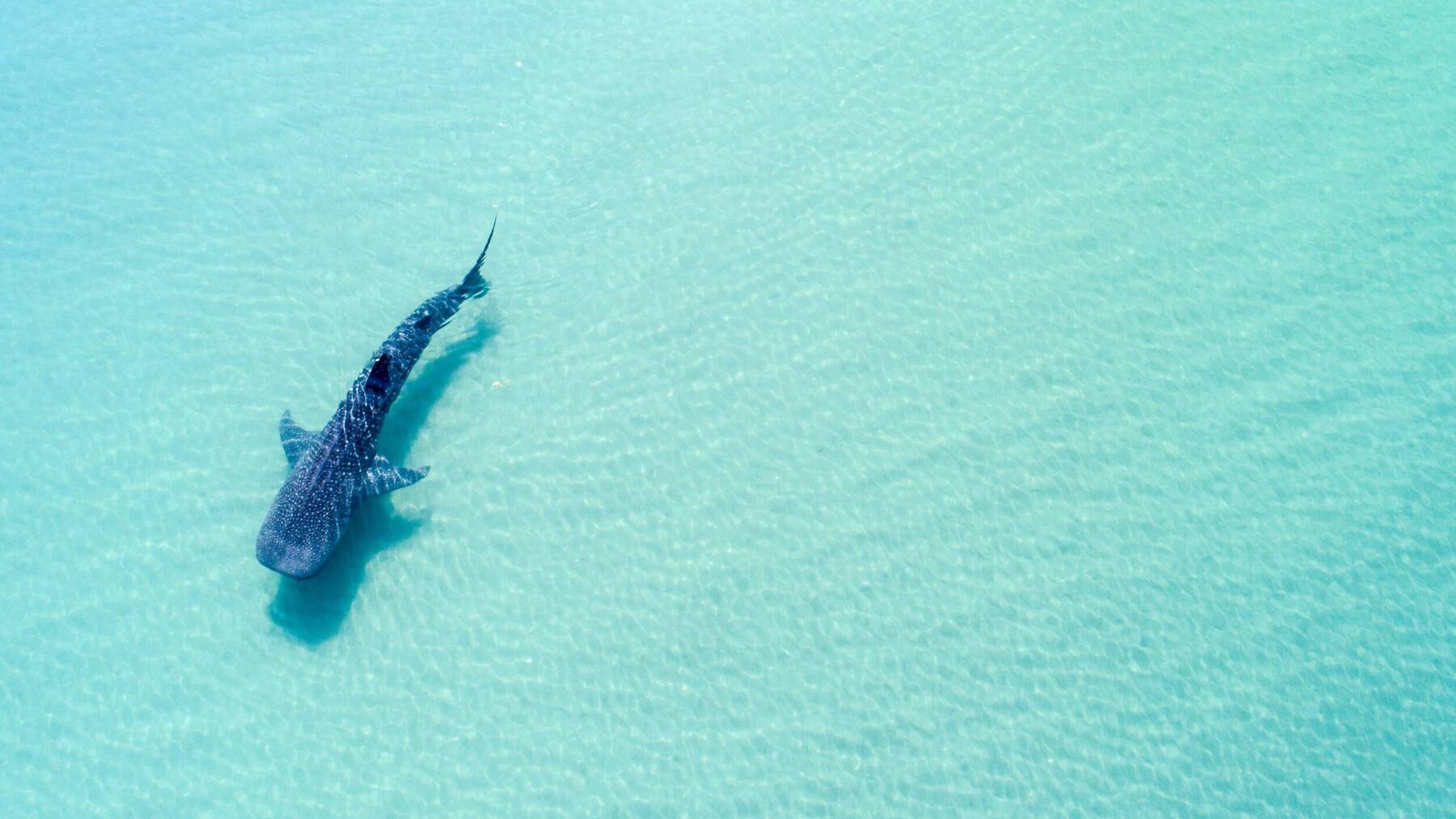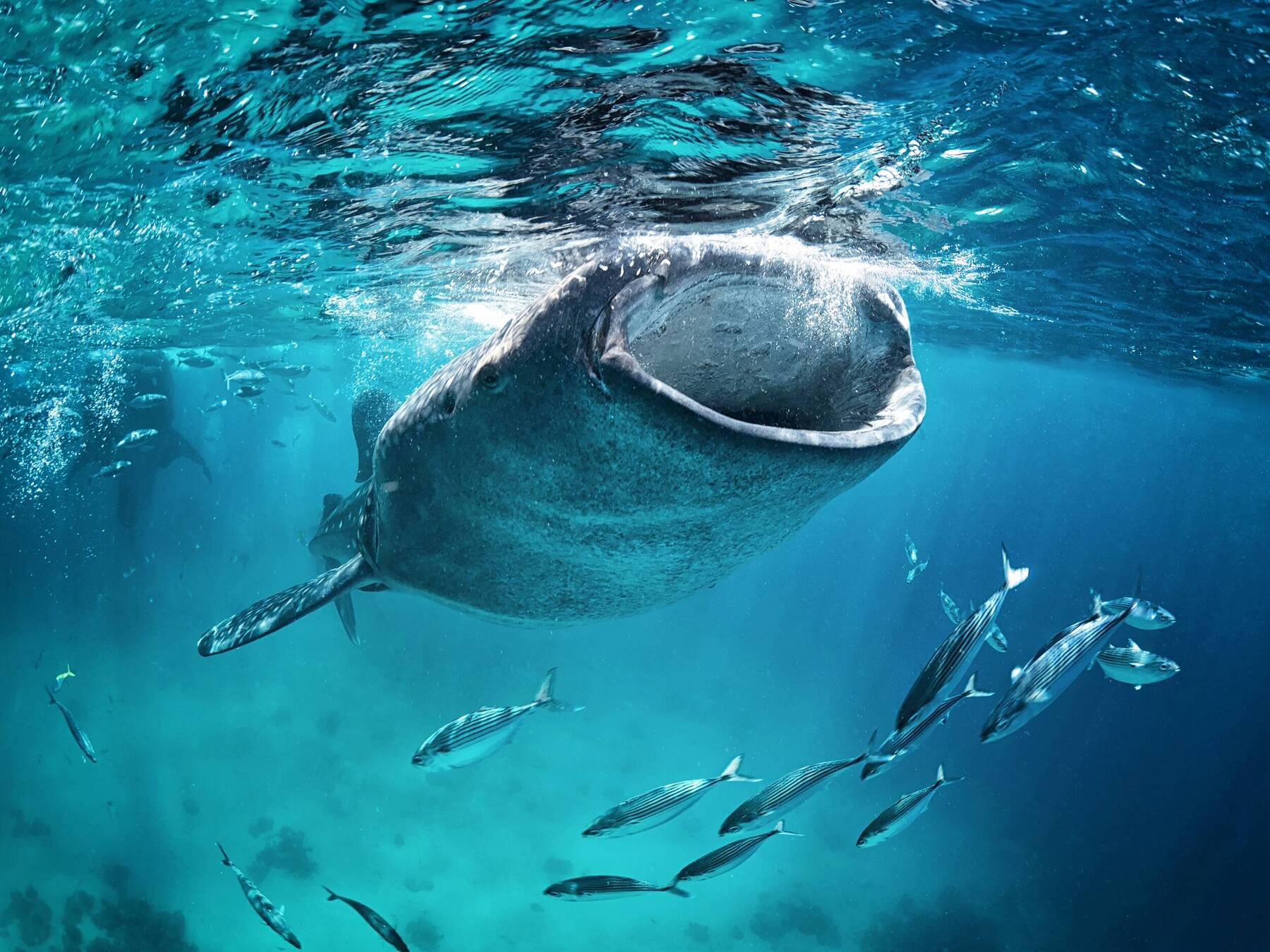Where Can You Swim with Whale Sharks in Mexico?
It’s possible to snorkel and swim with whale sharks from Cancun, Playa del Carmen, Riviera Maya, Cozumel, Tulum, Akumal, Holbox, or Isla Mujeres in the Quintana Roo region of Mexico. For some of the best sightings, it’s recommended to visit the whale sharks off the coasts of Isla Holbox or Isla Mujeres.
Both of these palm tree-filled tropical islands are wonderful to visit without swimming with whale sharks, so it makes sense to combine a trip with your wildlife adventure.
If you’re staying in another spot in the Quintana Roo region, it’s likely that you can still swim with the whale sharks. However, you may need to pay extra for more extended transportation or meet your snorkel crew in another area when you book a tour.









Comments